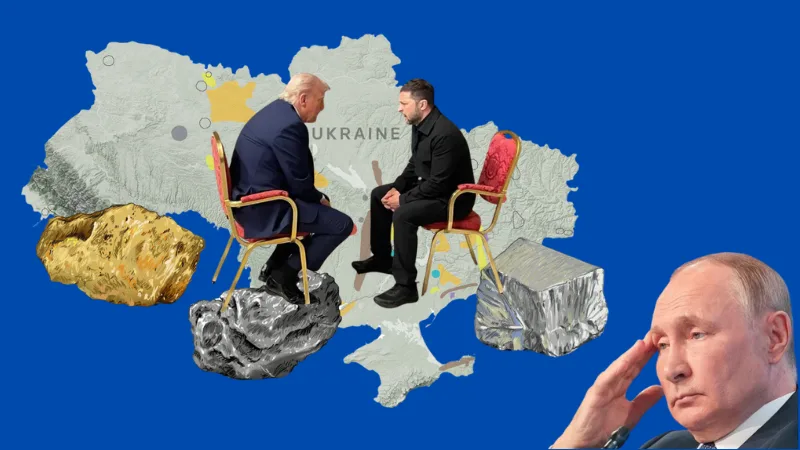Gold prices plunged sharply on May 12, 2025, as a temporary U.S.-China tariff truce, combined with a stronger U.S. dollar and reduced geopolitical tensions, drove investors out of the safe-haven asset. This multi-factor catalyst sparked a sell-off that hit both international and regional markets hard, with experts warning of further short-term volatility.
Gold Prices in Sharp Decline
- Spot Gold: Down 3% to $3,224.34 per ounce; intraday lows touched $3,216.
- U.S. Gold Futures: Slipped nearly 2% to $3,279.20 per ounce.
- India (MCX): June gold futures dropped over ₹3,930—more than 4%—settling at ₹92,588 per 10 grams.
- Kerala Gold Rates: Fell by ₹2,360 per sovereign during the day.
The drop marks one of the steepest single-day declines in recent months and comes as investor demand for safe-haven assets evaporates in response to improving global conditions.
Why the Sudden Slide?
U.S.-China Tariff Agreement
At the heart of the sell-off is a 90-day mutual tariff reduction agreement between the United States and China—an unexpected but market-moving development. The U.S. agreed to slash tariffs on Chinese imports from 145% to 30%, while China cut tariffs on American goods from 125% to 10%.
“This agreement is aimed at building momentum for further talks,” said U.S. Trade Representative Robert Lighthizer. “It signals a new, more pragmatic chapter in our economic relationship.”
The de-escalation of trade tensions eliminated a key driver of gold demand. As investors’ fears of a prolonged trade war eased, many rotated out of gold and into equities and other risk-on assets.
Dollar Strength Pressures Gold
The U.S. dollar index (DXY) surged above 101.50—its highest level in over a month—on the back of the trade deal, putting added pressure on gold prices.
“Gold prices plunged sharply by approximately ₹4,000 to ₹92,500 on the MCX, following a significant de-escalation in global trade tensions,” said Jateen Trivedi, VP Research Analyst at LKP Securities. “This announcement triggered a sharp rally in the dollar index, which surged above 101.50, eroding the appeal of gold as a safe-haven asset.”
Ceasefire in South Asia
Adding to the pressure on gold, a ceasefire agreement between India and Pakistan calmed regional tensions that had been simmering. As a result, Indian gold markets saw a sharp correction.
In Kerala, one of India’s most gold-hungry regions, the price dropped by ₹2,360 per sovereign in a single day.
“With multiple geopolitical flashpoints cooling off simultaneously, the incentive to hold gold as a hedge is quickly fading,” noted Giovanni Staunovo, commodities analyst at UBS.
Broader Market Reactions
The shift out of gold is part of a broader market trend toward risk assets. U.S. equities rallied sharply:
- S&P 500 Futures: Up 3%
- Dow Jones Futures: Up 2.44%
- NASDAQ Futures: Also posted strong gains
Bond yields also ticked higher, reflecting the market’s growing confidence in the economic outlook.
Expert Analysis: What’s Next for Gold?
Market strategists are warning that the downtrend could persist—at least in the short term.
“Unless inflation or geopolitical tensions spike again, gold is likely to drift lower, potentially to $3,200 or below,” said Jigar Trivedi, Analyst at Reliance Securities.
“We expect choppy trading ahead. A test of $3,200 is on the cards unless a new catalyst emerges,” echoed UBS’s Staunovo.
Key Indicators to Watch
While the outlook is bearish in the near term, there are a few key data points that could alter the trajectory:
- U.S. CPI Report (This Week): If inflation runs hotter than expected, it may revive safe-haven demand for gold.
- Federal Reserve Commentary: Any shift in tone regarding rate cuts or monetary tightening could move gold significantly.
- China’s Economic Stimulus Measures: If Beijing unveils stimulus to offset trade reductions, that could either boost or pressure gold, depending on the impact on global demand.
Takeaway for Investors
Gold’s sharp sell-off is a response to rapidly shifting macro conditions. The tariff truce between the world’s two largest economies, cooling geopolitical hotspots, and a roaring dollar have collectively pulled the rug out from under the yellow metal. While short-term headwinds are clearly in place, savvy investors will be watching inflation prints and central bank policy for signals of when gold may bottom out.
For now, risk-on sentiment is in control.





